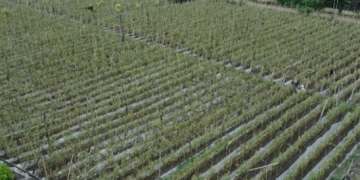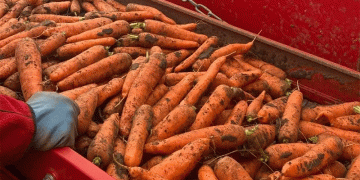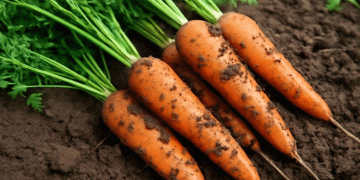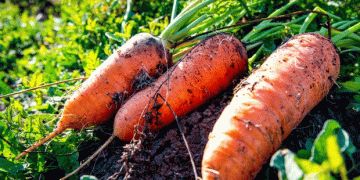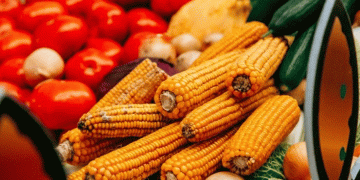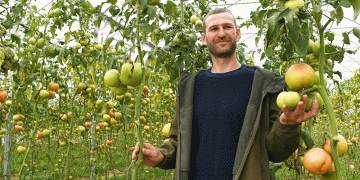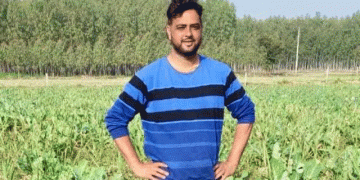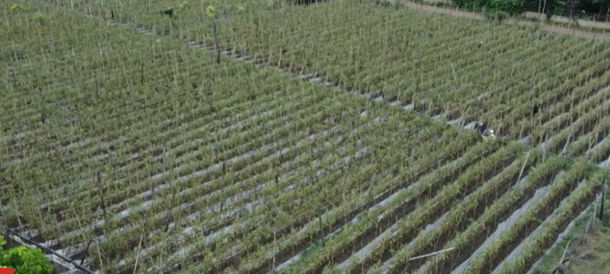Typhoon No. 3, which swept through Sơn La Province in September, caused severe damage not only to public and private property but also to agricultural production. In Mộc Châu District, one of the hardest-hit areas, farmers and local authorities have been working tirelessly to restore damaged farmlands and ensure the recovery of vital crops.
In Đông Sang commune, more than 50 hectares of crops were affected, including key staples like tomatoes, cabbage, and strawberries. As soon as the floodwaters receded, local authorities launched a coordinated response, encouraging farmers to clean up their fields and recover whatever could still be salvaged. For severely damaged areas, farmers were instructed to collect and dispose of ruined crops, followed by land preparation to take advantage of favorable weather for replanting.
According to Vice Chairman of Đông Sang Commune, Mrs. Vì Thị Phương, local task forces were established to assess the damage, while farmers were encouraged to replant lost crops as soon as possible. For example, farmer Phạm Văn Sơn lost 7,000 square meters of tomatoes—an area that would have generated around 750 million VND in revenue. Despite this setback, he has already begun preparing the land to plant cabbage, focusing on a quick recovery to restore his livelihood.
Beyond vegetables, the storm also heavily impacted fruit and industrial crops in Mộc Châu District. In the famous Na Ka Valley, over 100 hectares are devoted to plum trees, and approximately 20 hectares were submerged by floodwaters. Local officials like Mr. Hạng A Súa, leader of Pa Khen Hamlet, expressed concern about the damage to plum orchards and called for government support to protect these economically vital crops.
To ensure a swift recovery, the Department of Agriculture and Rural Development (DARD) in Mộc Châu has directed technical centers to assist farmers in preventing diseases that typically follow such natural disasters. Farmers have been provided with guidance on soil restoration and disease prevention techniques. For plots of land that cannot be salvaged, the government has urged farmers to accelerate land preparation to meet the next planting season’s deadlines.
Despite the heavy losses, both local authorities and farmers are optimistic. With proactive measures and the community’s quick response, Sơn La’s agricultural production is expected to recover in time to supply the market with fresh produce during the last quarter of the year.
The aftermath of Typhoon No. 3 tested the resilience of Sơn La’s agricultural sector. Through the coordinated efforts of local government and the determination of farmers, the region is making steady progress toward recovery. With strategic replanting and soil recovery, Sơn La remains optimistic about restoring agricultural production and ensuring food supply for the coming months.
